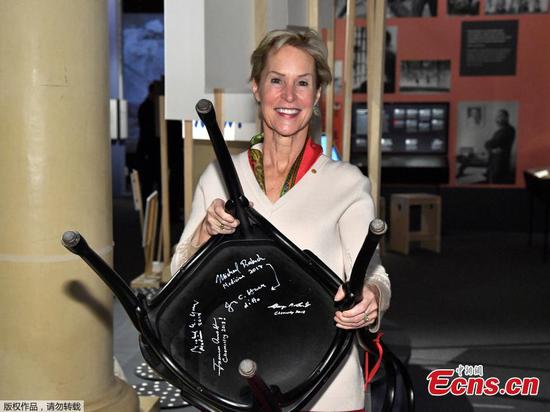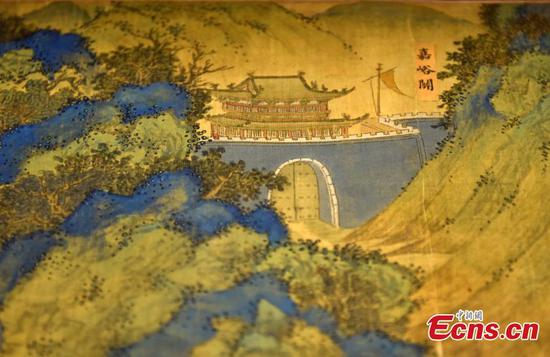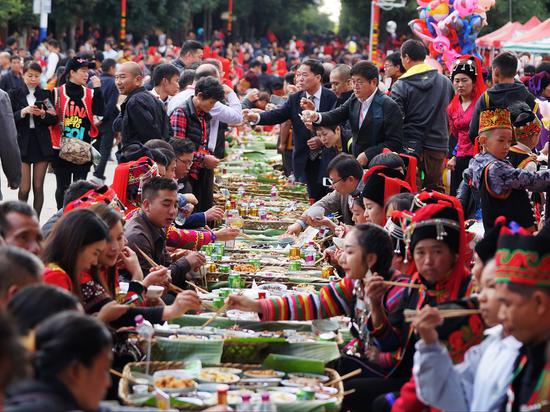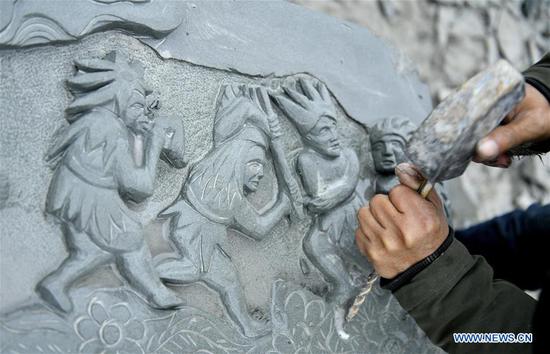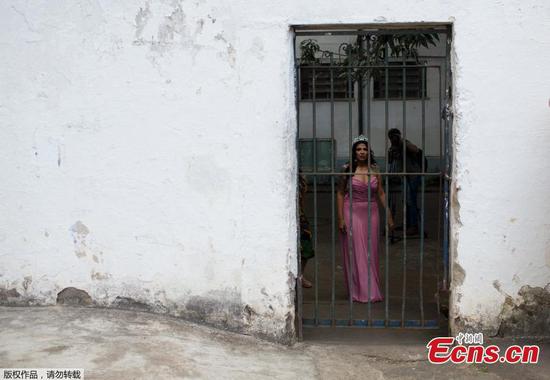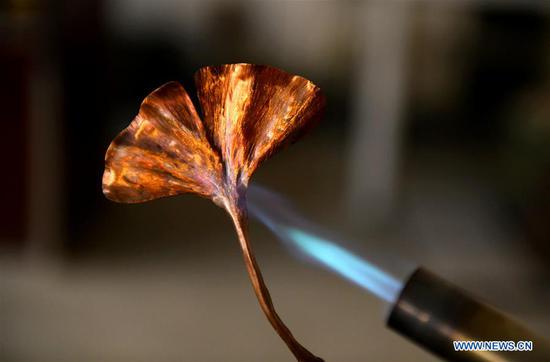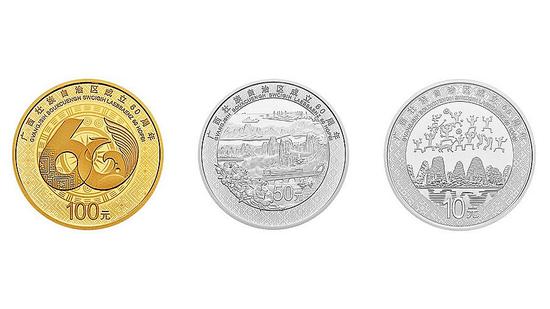
A set of commemorative coins issued to celebrate the 60th anniversary of the establishment of Guangxi Zhuang Autonomous Region /Photo via the official website of the People's Bank of China
The patterns on Guangxi commemorative coins reveal special cultural elements and how the region has developed in the past 60 years.
Guangxi Zhuang Autonomous Region was established in 1958. Since 1988, the People's Bank of China has issued commemorative coins every ten years to celebrate the anniversary of the establishment of Guangxi Zhuang Autonomous Region.
On the 30th anniversary, a one-yuan coin was issued with its obverse side portraying Guangxi's typical river and mountain landscape, and the reverse side the festival song fairs, a traditional entertainment of Zhuang culture.
Zhuang, Guangxi's major ethnic group, comprises a population of about 19 million in China. They love singing folk songs and even make singing the way of courting a partner. Traditionally, song fairs are held from time to time year round, with the biggest one celebrating the Double Third Day of the lunar calendar.
On the 40th anniversary in 1998, a set of four gold and four silver commemorative coins was issued. The four patterns on the coins are four signature sceneries in Guilin, namely Duxiu Mountain, Nanxi Mountain, Hua Bridge, and Xiangbi Mountain, or Elephant Trunk Mountain.
As a world-renowned travel destination, Guangxi is best known for Li River and karst mountains in Guilin, with the latter inscribed in the World Natural Heritage List. There is a Chinese saying, "Guilin's scenery is second to none in the world." Its Chinese-landscape-painting like sceneries attract millions of domestic and foreign tourists, and the city has received over 180 heads of state and state leaders.
In 2008, gold and silver commemorative coins were issued to celebrate the 50th anniversary. Both coins are decorated with a pattern of a bronze drum, a musical instrument in southern China that has a history of more than 2,700 years.
Regarded by Zhuang people as a divine artifact, the bronze drum is played at festivals. More than 1,000 bronze drums have been discovered in Guangxi, the most in China.
On the back of the gold coin are a Zhuang-embroidered ball and Zhuang brocade. For Zhuang people, throwing an embroidered ball is both a sporting event and a way that young men and women confess their affection.
Zhuang brocade is one of Chinese four famous brocades. It is a traditional handcraft skill of Zhuang people and a "living fossil" of Zhuang culture. The earliest Zhuang brocade product discovered dates back to the Han Dynasty (202 BC - 220 AD) and now Zhuang brocade has been listed as a national intangible cultural heritage.
The patterns of Zhuang brocade vary through time, from traditional geometric and animal patterns to today's Guilin scenery and national unity patterns, which show Zhuang people's folk culture and beliefs.
The silver coin is engraved with the permanent site of the China-ASEAN Expo in the region's capital Nanning, whose architectural style is likened to China rose, the city's floral emblem.
Guangxi borders both Beibu Gulf of the South China Sea and Vietnam. As the only coastal city in south China that borders a foreign country, it has become China's important gateway to Southeast Asian countries.
Every year since 2004, Guangxi has held the China-ASEAN Expo, which promotes the cooperation, exchanges and common development between China and Southeast Asia.
As December 11, 2018 marks the 60th anniversary, the People's Bank of China has issued one gold and two silver commemorative coins. This time, the high-speed railway and Beibuwan Port appear for the first time.
Although Guangxi did not have a high-speed railway before 2013, it now has the longest high-speed railway – 1,751 kilometers – among all provincial regions in China. It has, therefore, become an inland railway pivot.
But Guangxi has bigger development ambitions. In 2011, it integrated the functions of three ports in Beibu Gulf into Beibuwan Port, aiming to make the region play a bigger role on the Maritime Silk Road.


















